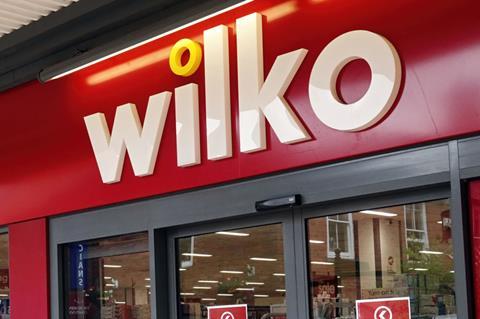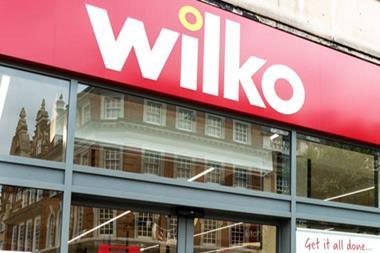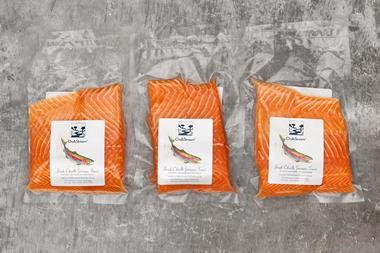
It’s been a turbulent few weeks for Wilko. The beloved budget homeware chain went into administration in August, and in a few short weeks has been reported to be in talks with HMV, Aldi, B&M, Poundland and The Range to try and secure its future. Quite the list.
Wilko, or ‘Wilkinson Cash Stores’ as it was originally called after its founder Jeremy Wilkinson, began life in 1930 and quickly became popular as a destination that sold cheap and cheerful day-to-day essentials and household staples. It remained a family business right up until its closure. Its demise is simultaneously devastating for the British high street and a sad end to what started as a small, family-run business. At its time of shuttering, it had 400 stores and 12,000 workers.
As with many businesses, the pandemic created problems for the brand. Footfall decreased significantly from 2020 onwards. But that’s not the only reason Wilko suffered. Despite being a true staple of high streets and shopping centres throughout the country, its presence was very much physical. It struggled to come back after covid because it didn’t invest enough in its digital presence – despite changing customer behaviour and digital expectations. This is something many retailers in similar positions battled with and those, like Wilko, who didn’t respond quickly enough, may have lost the fight.
Today, customers are predominantly online. Shopping for people of all ages has become search, browse and click. But you can’t just have a digital presence – it needs to be a good customer experience, because customer expectations are being set by the digital pure-players. Touchpoints that aren’t seamless and connected? No point. It won’t elevate your brand at all and it won’t drive customers to return to you.
Put simply, brand loyalty for traditional retailers only really works when it spans the physical store and online offering. Today, customers expect to be able to move seamlessly between the two as part of their shopping experience and brands that don’t offer this capability suffer. The investment case is clear: from food to furniture, research has shown omnichannel customers – those who use in-person and digital services – typically have between two to four times the lifetime value to retailers.
Discount chain store and new kid on the block B&M recently acquired 51 Wilko stores for a cost of £13m. This is interesting because whilst Wilko suffered due to its lacklustre website, B&M invested in its homepage. Although not spectacular, it’s visually better and is offers-led, showing an understanding of its customers.
It’s ahead of Wilko in other key areas too. B&M’s multi-format strategy of combining town centre and out-of-town locations has been lauded and for good reason: it has managed to perfectly straddle consumers’ needs for quick ‘in and out’ shops with larger bulk-buy shopping habits. Compare that to Wilko, which struggled because it prioritised high street locations and then struggled to pay the expensive rent those units commanded. B&M Group sales rose 6.6% to £4,983m in the year to 25 March 2023, whereas Wilko languished behind with £35.9m in debt.
Recently, Wilko has struggled with supply chain issues that meant it couldn’t get products onto shelves, yet B&M was thriving. It prides its supply chain as being the beating heart of its business, invests in it regularly and deploys a strategy that focuses on direct sourcing, or buying products itself from private brands. This keeps things fresh and ensures its offering is unique.
Wilko might have ultimately crippled itself with its lack of digital presence, but there’s no denying it’s a popular brand and one that won’t be forgotten quickly amongst consumers. The Beaconsfield branch featured in the 1945 romantic drama Brief Encounter. Looking back, this was a fitting match: the film and brand are both undeniably British icons.
Talks of rescue deals have been ongoing, and even with the latest announcement this week that it is likely to close all 400 stores, staff have still not been informed about plans for the future of their stores. The question remains: will there be another chapter for Wilko or is this the final curtain call?



















1 Readers' comment